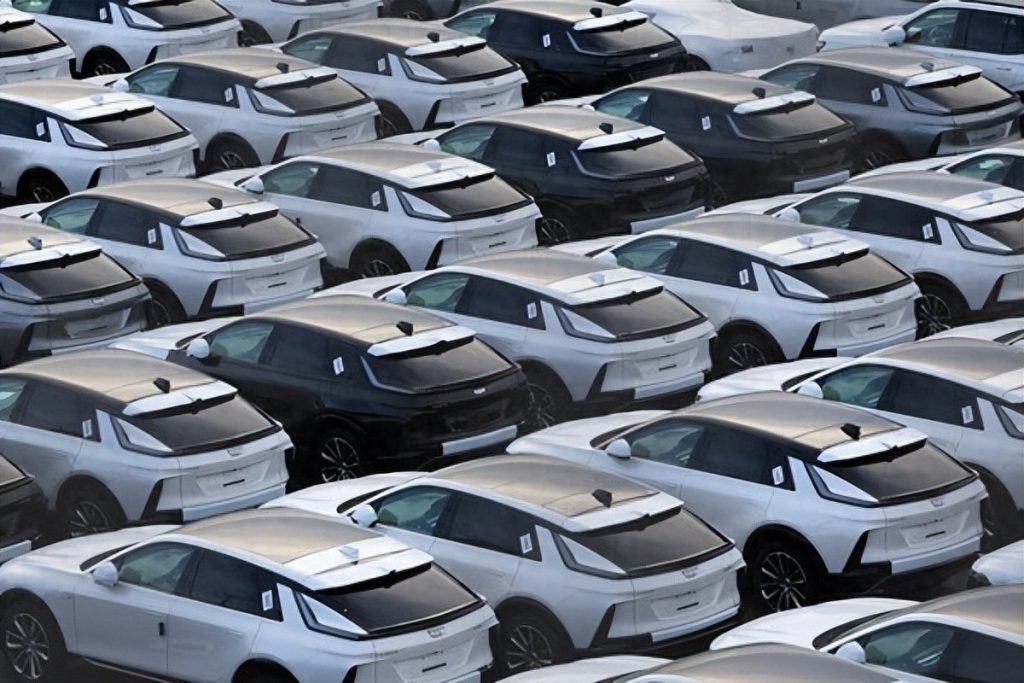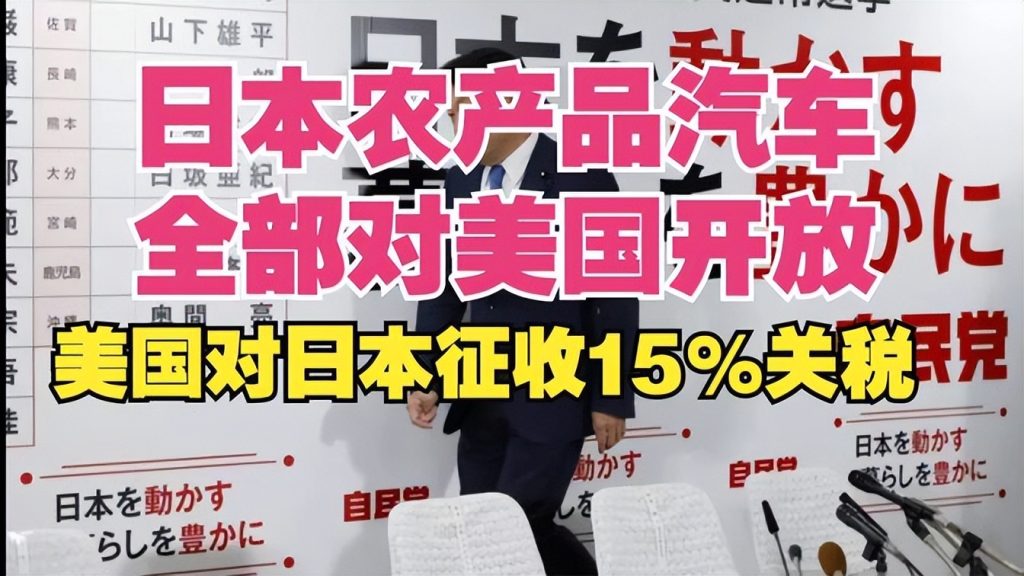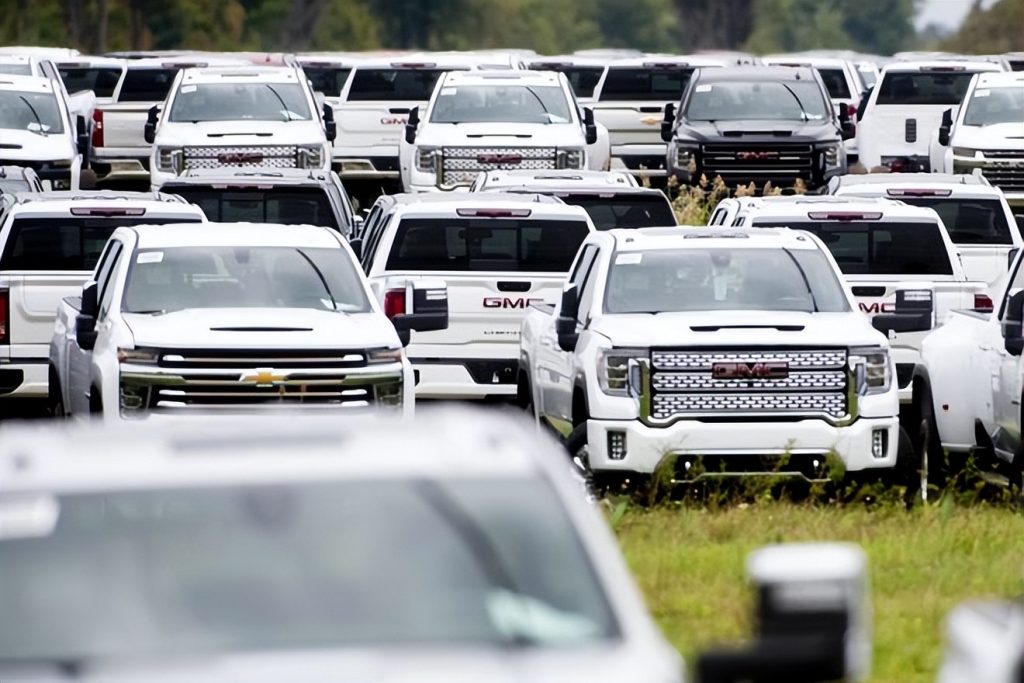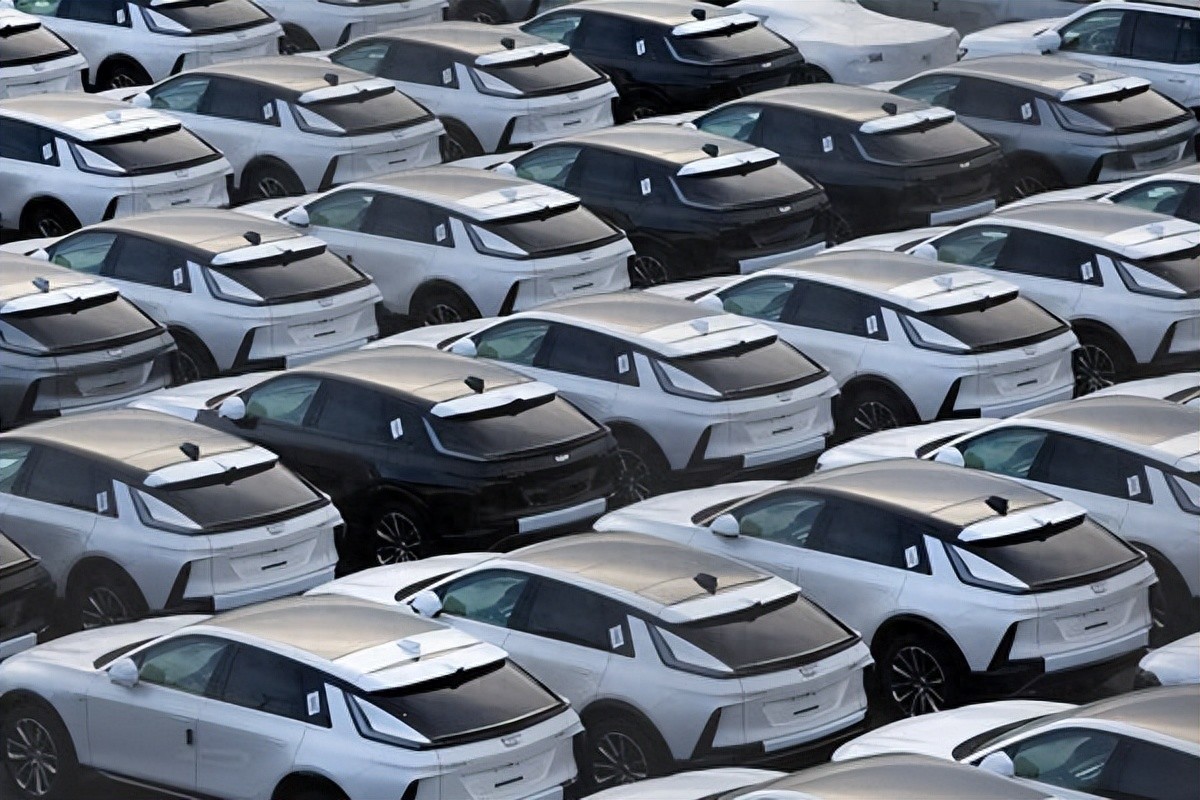On Tuesday, former President Trump announced a new trade deal with Japan, setting tariffs on Japanese autos at 15%—far below the 25% he previously threatened for all auto imports in April.
But by Wednesday, the group representing America’s “Big Three” automakers (GM, Ford, and Stellantis) warned the agreement could leave them at a severe disadvantage.
These companies produce over 2 million cars and trucks annually in Canada and Mexico, many using U.S.-made engines, transmissions, and components. Yet these North American-built vehicles would still face a 25% tariff when exported to Japan.
The automakers fear the deal grants Japanese rivals like Toyota and Honda a significant edge unless similar agreements are reached with Canada and Mexico.

Competitive Imbalance
📸 Cadillacs at Yokohama Port: U.S.-made cars face barriers in Japan.
Matt Blunt, President of the American Automotive Policy Council (AAPC)—the Big Three’s lobbying group—stated:
“U.S. automakers are still reviewing details, but if tariffs are lower on Japanese imports with minimal U.S. content than on North American-made vehicles with high U.S. content, this is a bad deal for the U.S. auto industry and American autoworkers.”
Meanwhile, Autos Drive America (representing foreign automakers’ U.S. operations) urged the administration to secure parallel deals with Canada, Mexico, South Korea, and the EU:
“We share the goal of making America an auto manufacturing hub. Our members need stability to compete globally.”
Toyota and Honda declined to comment. Nissan called the deal “encouraging” but is studying final terms.
Impact on Consumers & Industry
Even a 15% tariff on Japanese cars could raise prices. Auto retail consultant Mark Cannon noted:
*”Tariffs are a pass-through cost to consumers. Manufacturers and dealers are strategizing, but absorbing 15% is unsustainable.”*
Trump’s trade policies have already hurt automakers:
- GM lost $110 million to tariffs in Q2.
- Stellantis (Jeep/Ram/Chrysler) lost ~$350 million in H1.

Why U.S. Cars Struggle in Japan
The deal promises improved U.S. auto access to Japan—but hurdles remain:
- Right-hand-drive vehicles: Japan drives on the left; few U.S. models accommodate this. Retooling is costly without guaranteed sales.
- Vehicle preferences: U.S. automakers focus on large SUVs/trucks, while Japanese buyers favor compact, fuel-efficient models.
What Comes Next?
- Short-term: Dealers still sell pre-tariff inventory; some consumers rushed to buy amid earlier tariff threats.
- Long-term: Japanese brands (which build ~70% of U.S.-sold cars in North America) may spread tariff costs across their lineup—including U.S.-built models—to avoid price shocks.

As Alan Haig (auto dealership consultant) warned:
“They won’t just raise prices on Japan-made cars. Consumers may not realize cars could soon cost more than groceries.”
The true ripple effects of this tariff rebalancing are only beginning to unfold.
